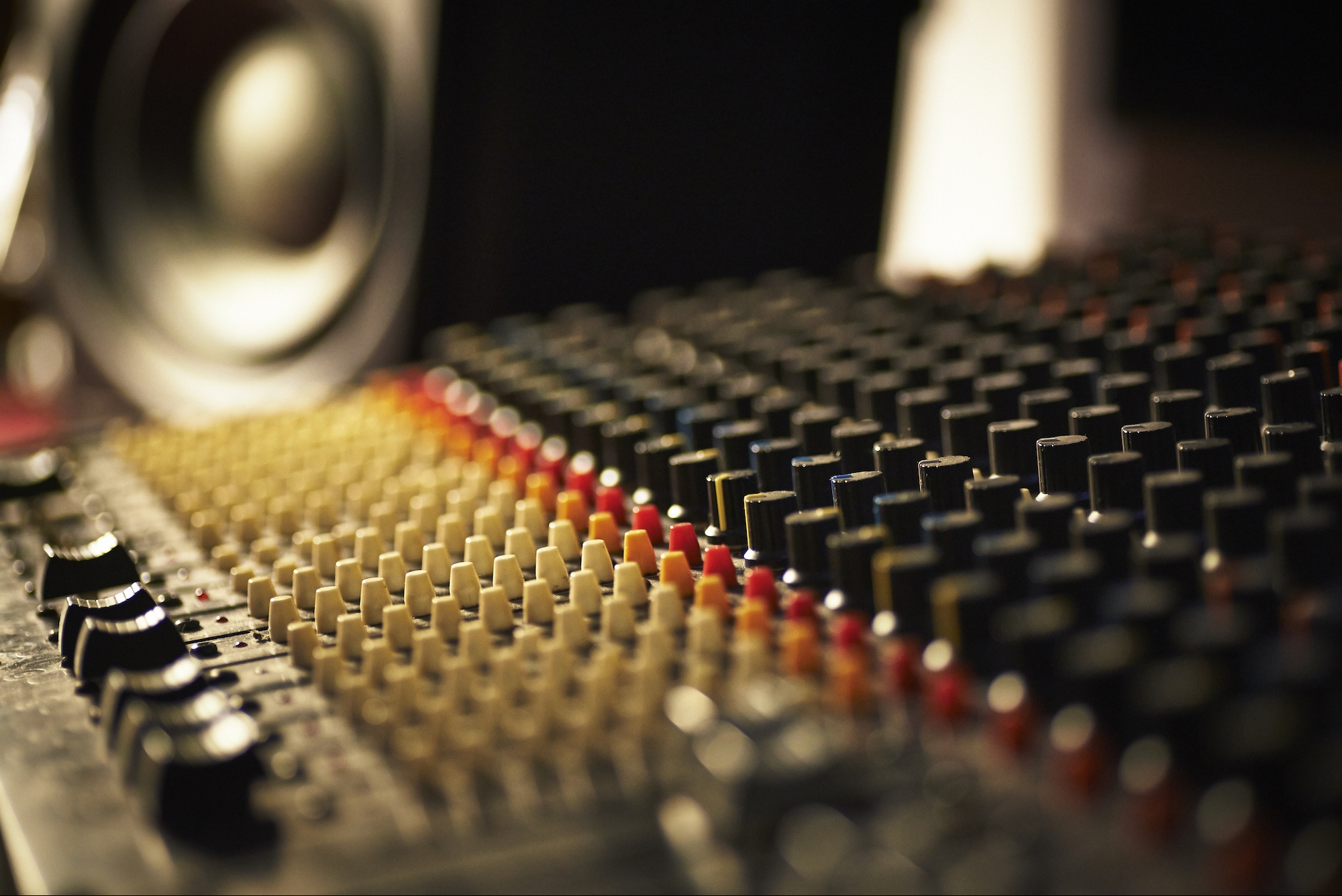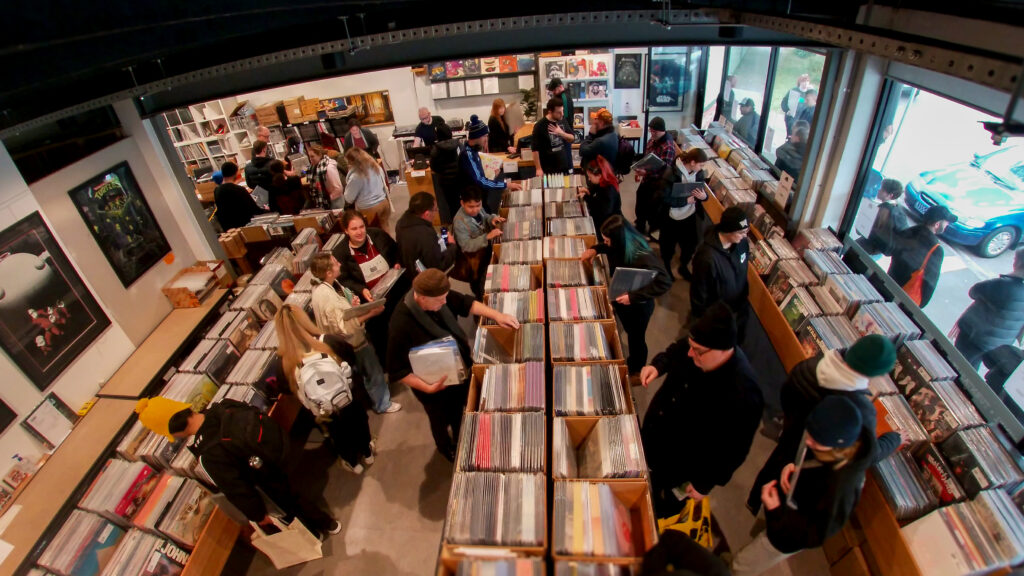“Tom and I have been playing and recording music together for 15 years, first out the back of his parents’ house, later in a granny flat out the back of his house in Northcote,” says Jeremy. “Two years ago we finally got the opportunity to take up a lease on a building in Abbotsford, specifically for the purposes of building a new studio from scratch. Securing the lease was the first of many challenges though. Neither of us had done much building let alone build a soundproof, acoustically designed and treated audio recording studio. Drawing on as many conversations with sound engineers, acoustic designers and musos as we could, and with a lot of help from uncle Google and auntie YouTube we had some plans drawn up and started building in March 2015.”
Designing any interior space or building is a hard enough task, but designing one that is acoustically sound is something else entirely, as the two found out. “As anyone who has built a studio understands, it is tough. In basic terms, you have to build a room within a room, decouple every wall, floor and ceiling from each other and squeeze out gallons of silicon to patch up every hole you have created along the way. It took us more than six months of insanity to complete but the results have made it all worthwhile. Now that we are working with some great bands and finding the odd moment to work on our own music we are pretty chuffed about what we have achieved.”
The studio is made up of four rooms. The main live room is where they track all the drums. For separation they have an amp room and a vocal booth. Overdubs tend to be done either in the control room or the live room depending on what is being tracked. For vocals, if they are looking for a tight, dry sound to manipulate, they work with the booth. Otherwise, in order to get a more live and natural sound, they have the capabilities to record in the live room.
Mycelium Recordings is filled with a mix of analogue and digital equipment. While the idea of running recordings directly to tape is a romantic one, it’s not always suitable and often slows down the process. For this reason, Tom and Jeremy have employed a hybrid system that incorporates the sonic strengths of analogue technology, while utilising the workflow benefits of digital technology.
“Although we will always love tape, the ease of use of a DAW frees up your workflow and routing options so much that it was an obvious decision for us to set it up this way,” Jeremy says. “We’re of the belief that you should be able to get the best out of analogue gear as well as a computer. Tom has always loved his vintage gear and has been collecting pieces for years. We’ve now got some really nice old valve preamps and EQs – Rolla, Bayer, Blonder Tongue etc. Our go-to vintage preamp is called a Magnasync 324. Its an old 50s preamp from Hollywood and it oozes character, warmth and bottom end. We run a little known British-made Studiomaster Console from the 70’s which also has great pre’s and EQ. Having some decent analogue outboard gear gives your sound the character that you look for in your signal path. That combined with a pimped out iMac gives you an ease of use that producers back in the day would have killed for.”
Otop of the assortment of brilliant and unique pieces of equipment, another of the great strengths of Mycelium Studios are the engineers working there – Tom Rodd, Matt Rodd and Jeremy – who’s varied experiences and sonic styles complement each other brilliantly. “Between us we have done hundreds of recordings in a wide range of styles. Over the years Tom has tended to specialise in blues and country music, Matt in soul and funk, and I have focused on electronic leaning bands. Somewhere in the middle we all converge with our love of good old rock’n’roll. We also hire the studio to any engineer who needs a place to record or mix. We have had a wide range of producers and engineers from all styles use the studio including engineers doing film and TV voice over work.”
Beyond Mycelium Recordings itself, the broader hub of Mycelium Studios has plenty to offer the artist. As Jeremy tells me, there’s a huge benefit to being situated in a space with so many other creative professionals. “A huge bonus for our recording studio is the creative hub in which it is situated. We form part of a bigger collective of creative businesses under the Mycelium Studios Hub. In the building there is a wide range of businesses from a number of disciplines and backgrounds that support each other with their different expertise. For example, Stonier Creative, a graphic design agency with an amazing understanding of branding, have worked with a number of our bands. Paris Martine, who books the Curtin Hotel and manages talent, knows the music industry inside out and is always interested in helping new bands that are coming through. We also have Matt Wood and Tom Honeyman, two very talented filmmakers who have made a number of critically acclaimed music videos. Having all these resources at a band’s disposal under the one roof can really give a whole lot of focus to their sound and image and refine what the band is after.”







